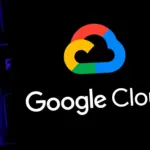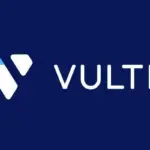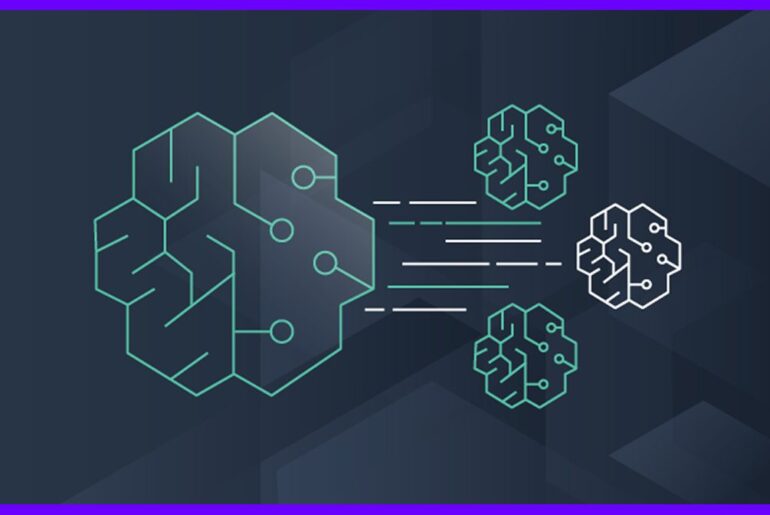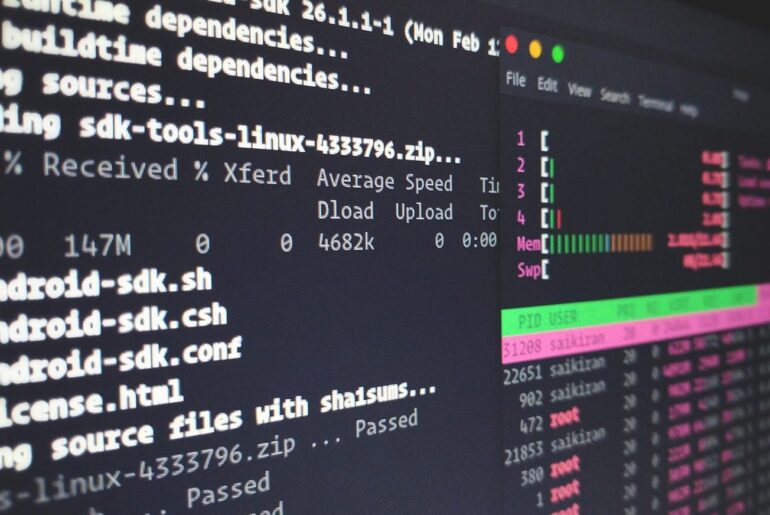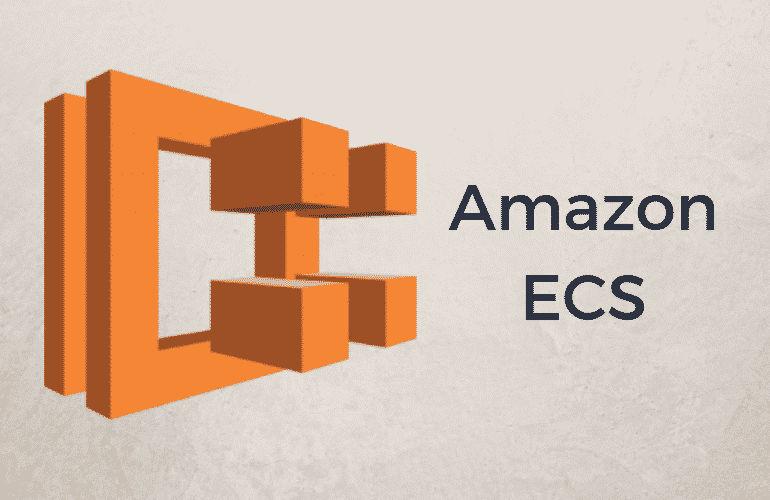Small teams reach for the cloud to ship quickly, keep ops lean, and avoid surprise bills. The trade-off is choosing a platform that won’t swallow your time with setup and won’t punish you for modest growth. This guide compares DigitalOcean and AWS through that lens—actual monthly costs, common gotchas, and day-to-day usability. You’ll get quick, realistic totals for a starter web stack (VMs, database, object storage, bandwidth) and pointers for Kubernetes if/when you grow. You’ll need a DigitalOcean account to follow the DigitalOcean steps later on.
Bottom line first
For a typical small-team stack, DigitalOcean is predictably cheaper and simpler to run, especially if you’re fine with straightforward networking, pooled bandwidth, and managed services that don’t charge per control-plane. AWS can be cost-competitive if you use Lightsail bundles (instead of raw EC2) and stay within free or discounted tiers, but the moment you step into mainstream AWS (EC2, S3, RDS, EKS), egress, support, IPv4, and control-plane fees start to add up. (Details and calculations below with concrete examples and commands.)
What “small team” usually means (assumptions we’ll use once)
We’ll price a realistic starter setup:
- 3 small app VMs (Linux), each running a service or site
- 1 managed relational database
- 1 object storage bucket for assets/backups
- 500 GB/month egress to the internet
- Occasional snapshots/backups
- Optional: a single small Kubernetes cluster once you outgrow one-box deploys
These assumptions keep the comparison grounded and comparable. If your numbers differ, you can scale the math using the same unit prices we cite along the way.
Compute: Droplets vs Lightsail vs EC2
DigitalOcean — Droplets. A “small app” VM with 2 GiB RAM/1 vCPU is $12/mo; 2 GiB/2 vCPU is $18/mo. Droplet plans include pooled outbound transfer (starts at 500 GiB on the tiniest plan and scales with size) and additional egress at $0.01/GiB. Snapshots are $0.06/GB-mo; weekly backups typically cost 20% of the droplet price (30% for daily).
AWS Option A — Lightsail. Lightsail bundles VM + SSD + included transfer for a fixed monthly price, which is why it’s the fairest apples-to-apples against Droplets. The $12/mo Linux bundle (2 GB RAM, 2 vCPUs, 60 GB SSD) includes 3 TB transfer and a static IP; higher tiers scale both compute and transfer. Snapshots are $0.05/GB-mo.
AWS Option B — EC2. On-demand EC2 pricing varies by instance type and region, and burstable families (T3/T4g) add CPU credit rules. EC2 also introduces data-transfer line items and, as of 2024, a charge for public IPv4 (generally $0.005 per IP-hour, with 750 hours of in-use IPv4 covered by Free Tier, then billed). First 100 GB/month of egress across AWS services is free; after that, internet egress commonly starts around $0.09/GB for the first 10 TB (region-dependent).
Practical read: If you want EC2 flexibility without the pricing minefield, start with Lightsail. It keeps AWS adjacent while bundling the frequently surprising bits (transfer, static IP) into one line item.
Databases: managed PostgreSQL/MySQL
DigitalOcean Managed Databases start at $15/mo for single-node dev/test (1 GiB). HA clusters begin around $30/mo for a 2 GiB primary (+ a matching standby). Storage is bundled with clear add-on rates.
AWS RDS pricing depends on engine, region, instance class, storage type, and I/O. The free tier changed in mid-2025; legacy accounts may keep a 12-month free tier on select single-AZ micros, but new signups after July 15, 2025 do not get that same free year. Plan on paying for the instance hours plus storage and backups.
Practical read: For small, steady workloads, DO’s entry HA tiers are simpler to predict. RDS gives you deep knobs (read replicas, storage autoscaling, multi-AZ), but nickel-and-dime costs emerge once you scale IOPS, snapshots, or failover topologies.
Object storage and egress
DigitalOcean Spaces is a flat $5/mo for 250 GiB storage + 1 TiB egress (shared across buckets). Extra storage is $0.02/GB-mo; extra transfer $0.01/GB. Ingress is free.
Amazon S3 (Standard) storage is $0.023/GB-mo for the first 50 TB, plus request and transfer charges. Internet egress is free for the first 100 GB/month (account-wide), then commonly $0.09/GB for the first 10 TB (region-specific).
Concrete example: 200 GB stored + 500 GB internet egress in a month
- Spaces: covered by the $5/mo base (within 250 GiB + 1 TiB). ≈ $5.
- S3: storage 200×$0.023 ≈ $4.60; egress (500–100 free) 400×$0.09 ≈ $36.00 → ≈ $40.60 total (ex-requests).
This single line item often swings the total bill for bandwidth-heavy small apps.
Kubernetes (when you need it)
DigitalOcean Kubernetes (DOKS): free control plane, you pay for the worker nodes (Droplets). Optional HA control plane is $40/mo. Billing is per-second, capped at 28 days/month.
Amazon EKS: $0.10 per cluster-hour for versions under standard support (≈ $73/mo), or $0.60 per hour on extended support, plus worker compute, EBS, load balancers, and any managed IPv4. (Auto Mode, Hybrid Nodes, and Fargate introduce additional meters.)
Practical read: One EKS cluster adds a fixed control-plane fee even when idle; DOKS does not. That fee alone can exceed the cost of a small DO worker node.
Support pricing that actually matters
DigitalOcean Support: Starter (free), Developer $24/mo, Standard $99/mo, Premium $999/mo, with clear response-time targets and chat at Standard+.
AWS Support: Developer is $29/mo or 3% of monthly AWS charges (whichever higher). Business starts at $100/mo and tiers by spend percentage. If you need 24/7 human help, you’ll likely pay more on AWS than on DO.
Two quick, realistic monthly totals
Scenario A — three small web services + managed DB + object storage + 500 GB egress
DigitalOcean
- 3× Droplet (2 GiB/1 vCPU): 3 × $12 = $36/mo (pooled egress large enough for most modest sites)
- Managed DB (starter HA or single-node dev): $30–$15/mo (pick HA if prod)
- Spaces: $5/mo covers 200 GB storage + 500 GB egress (as earlier)
- Snapshots/backups: budget $3–$8/mo depending on size/frequency
Ballpark: $59–$84/mo for a production-capable setup (HA DB raises you toward the top).
AWS (Lightsail-first)
- 3× Lightsail (2 GB): 3 × $12 = $36/mo (includes 9 TB transfer total; static IP included)
- Lightsail managed DB small: $15/mo (starter)
- S3 alternative: not needed if you stick to Lightsail Object Storage 5 GB free; for parity with 200 GB/500 GB, S3 is ≈ $40.60 (vs DO’s $5)
- If you keep object storage in Lightsail’s own bucket 5 GB, you’ll outgrow it fast; realistic parity pushes you to S3.
Ballpark with S3 parity: ≈ $92/mo (compute + DB + S3). If you migrate to raw EC2/RDS/S3 later, add IPv4 and transfer nuances.
Interpretation: At modest egress, compute looks similar (Lightsail vs Droplets). Storage egress is where AWS typically jumps unless you architect around it (CDN, regional placement, caching).
Day-to-day usability differences
Console and defaults. DigitalOcean’s control panel keeps the surface area small: droplets, databases, Spaces, networking, and projects. AWS exposes dozens of services and deep IAM/RBAC models; powerful, but slower to get “first deploy” and “first on-call” right.
Networking. DO includes simple firewalls, VPCs, and pooled bandwidth across droplets. On AWS, you’ll juggle VPCs, subnets, security groups, NAT/IGWs, and now public IPv4 metering (unless you rely on private networking and a single NAT/ALB).
Kubernetes ergonomics. DOKS removes a whole cost class (control plane) and offers sane defaults for small clusters. EKS is robust and enterprise-grade, but you’ll manage version support windows and a persistent hourly cluster fee.
Bills and predictability. DO’s pricing pages map closely to your invoice (not many hidden meters). AWS bills are line-item-rich; transfer, snapshots, EIPs, NAT, and per-service quirks accumulate—fine once you have FinOps, frustrating before then.
Quickstarts you can paste and run
Create a small DigitalOcean Droplet (Ubuntu, 2 GiB/1 vCPU). Requires doctl logged in with a Personal Access Token.
# create a 2 GiB / 1 vCPU droplet in FRA1 with SSH key named 'laptop'
doctl compute droplet create app-1 \
--region fra1 \
--image ubuntu-22-04-x64 \
--size s-1vcpu-2gb \
--ssh-keys "$(doctl compute ssh-key list --no-header | awk '/laptop/ {print $1}')" \
--tag-names web,small-team \
--waitSpin up a Lightsail instance at a similar size using AWS CLI (Linux/Unix bundle with public IPv4).
aws lightsail create-instances \
--instance-names app-1 \
--availability-zone eu-central-1a \
--blueprint-id ubuntu_22_04 \
--bundle-id medium_2_0 # 2 GB RAM, 2 vCPUs, 60 GB SSD, 3 TB transferCreate a DOKS cluster with a tiny node pool (control plane free).
doctl kubernetes cluster create smallteam \
--region fra1 \
--version 1.29.6-do.0 \
--node-pool "name=pool-1;size=s-1vcpu-2gb;count=2;auto-scale=false"Create an EKS cluster with eksctl (note the per-cluster hourly fee).
eksctl create cluster \
--name smallteam \
--region eu-central-1 \
--version 1.29 \
--nodes 2 \
--node-type t3.smallProvision Spaces for assets/backups.
# using s3-compatible CLI with a Space called 'assets' in ams3
aws --endpoint-url https://ams3.digitaloceanspaces.com s3 mb s3://assetsWhen to pick each platform
- Pick DigitalOcean if you value predictable bills and speed: a few droplets, a managed DB, Spaces, and maybe DOKS later. You’ll spend more time building features and less time reading pricing tables.
- Pick AWS if you need niche services or scale levers early (IAM conditions, KMS everywhere, private links to third-party SaaS, data lakes, ML stacks). Start with Lightsail to keep costs stable, then migrate pieces to EC2/RDS/S3/EKS when you have the operational maturity to manage them.
Cost guardrails (copy/paste into your runbooks)
- Track egress first. On AWS, budget beyond the first 100 GB free; on DO, remember overage is $0.01/GB after included pools. This single lever dominates many starter bills.
- Mind IPv4. On AWS, public IPv4 has an hourly rate (after the covered 750 in-use hours in Free Tier); design with private networking + ALB/NLB where possible. On DO, reserved IPv4 only costs money when unassigned.
- Prefer Lightsail (AWS) or Droplets (DO) until you need more. Both bundle transfer and simplify.
- For K8s, start on DOKS to avoid a fixed ≈ $73/mo EKS control-plane tax. Move later if you need EKS-specific features.
- Right-size support. DO’s $24–$99/mo tiers are inexpensive safety nets. On AWS, even Developer Support adds $29/mo or 3% of spend.
A quick decision framework
- Prototype phase (few users, modest traffic): DigitalOcean wins on price clarity; AWS wins only if you need a specific AWS-only service.
- Early growth (steady traffic, CI/CD, staging): Still DigitalOcean—DOKS + managed DBs scale cleanly; add Spaces CDN if needed.
- Platform phase (multi-account, heavy compliance, deep networking): AWS becomes compelling as its ecosystem offsets complexity.
What to do next
Start with your current numbers: monthly egress, data at rest, instance count, and whether you truly need Kubernetes now. If your egress is >100 GB and <1 TB, DigitalOcean’s flat Spaces bundle alone may justify choosing DO for a year. If you must be on AWS, use Lightsail and push S3 traffic through a CDN and caching early to keep the bill tame. When you outgrow bundles, step into EC2/RDS/EKS deliberately and budget for IPv4 and control-plane fees.
Notes on the figures above: Droplet and Spaces pricing, bandwidth pooling, snapshot/backup rates, Lightsail bundle tables and snapshot rates, S3 storage and transfer tiers, EC2 egress freebies, AWS IPv4 pricing and coverage caveats, DO/K8s control-plane pricing, EKS per-cluster hourly pricing, and support plan minimums are all current as of 24 Sep 2025 in the cited vendor pages.



